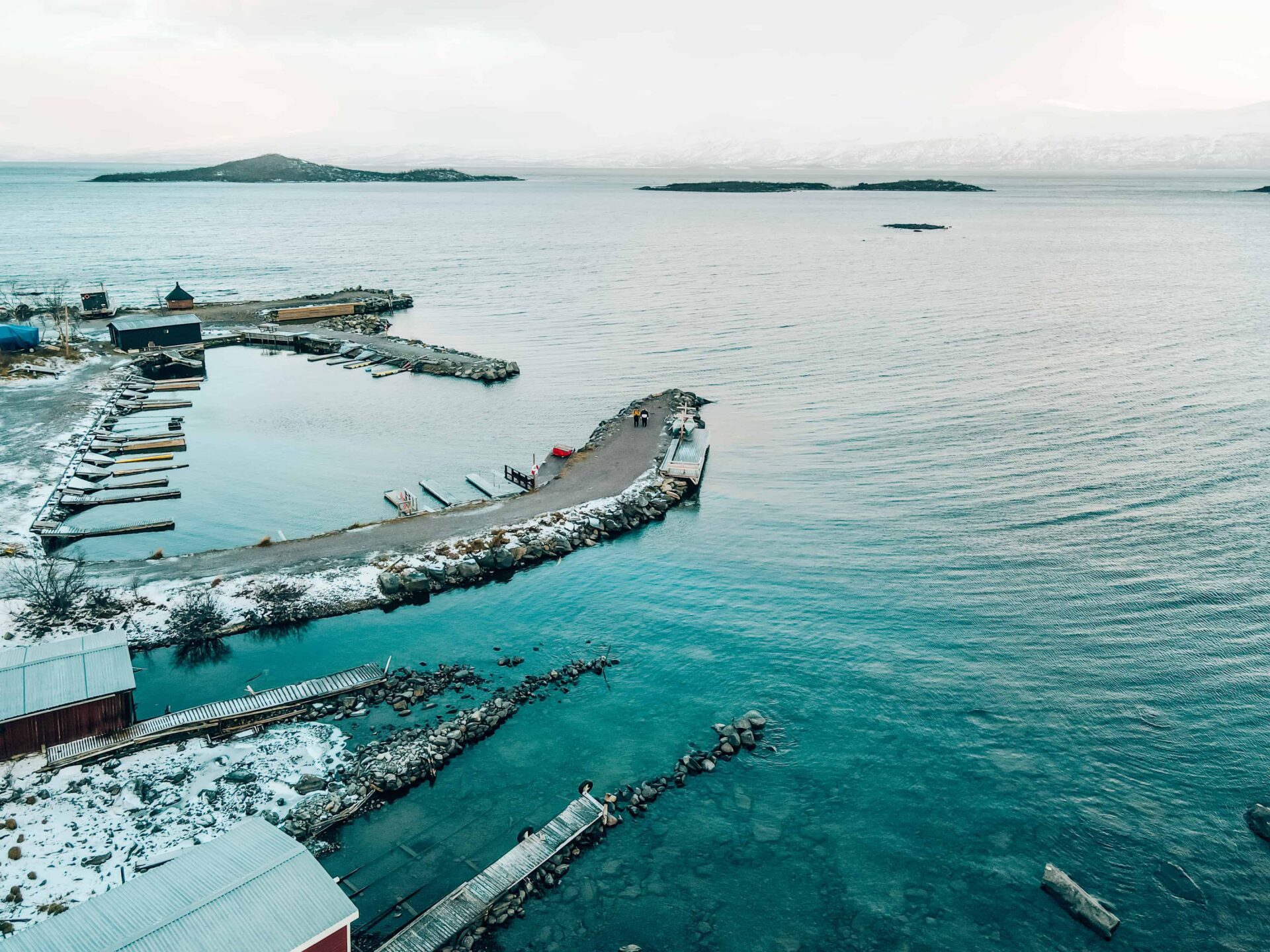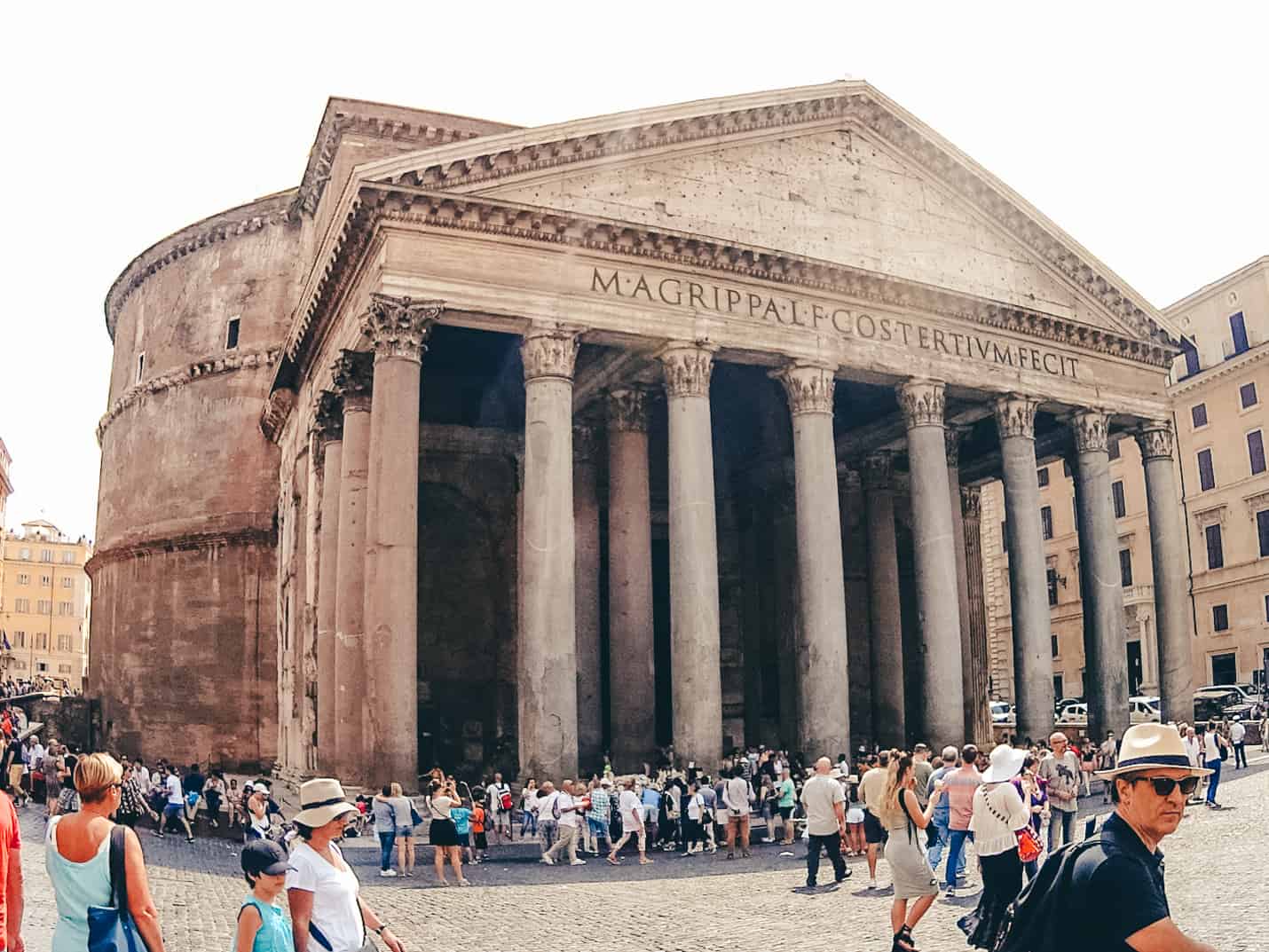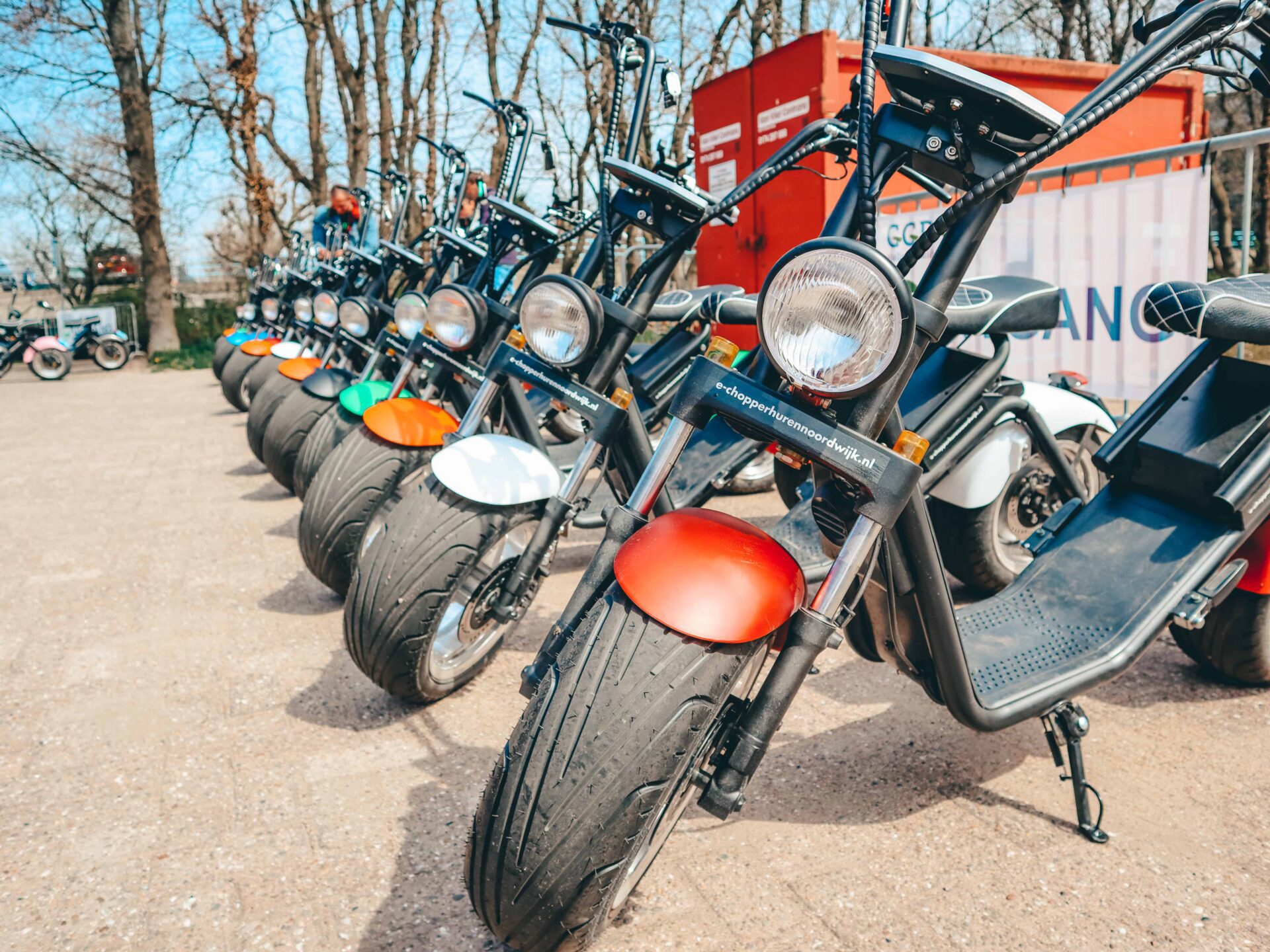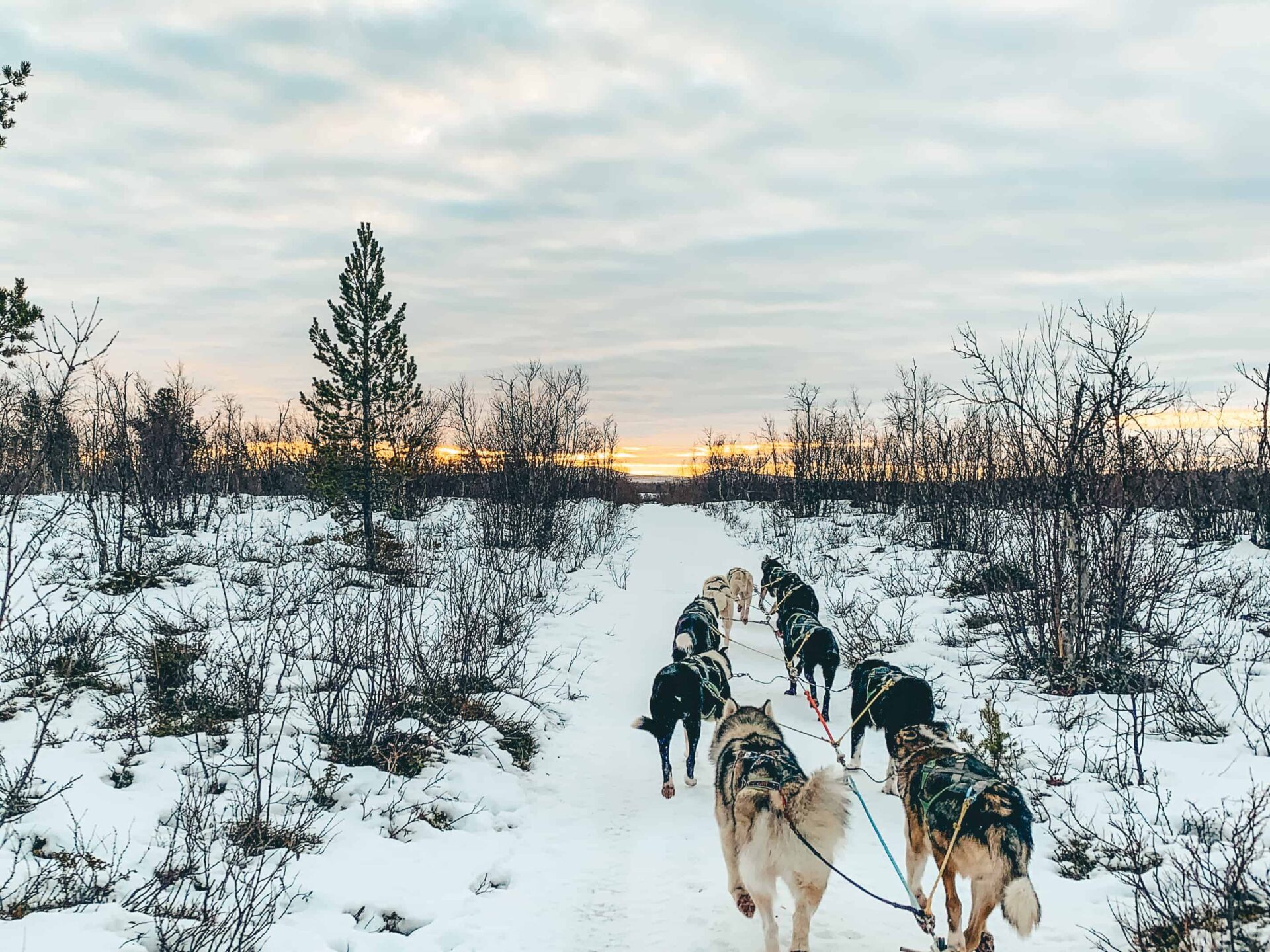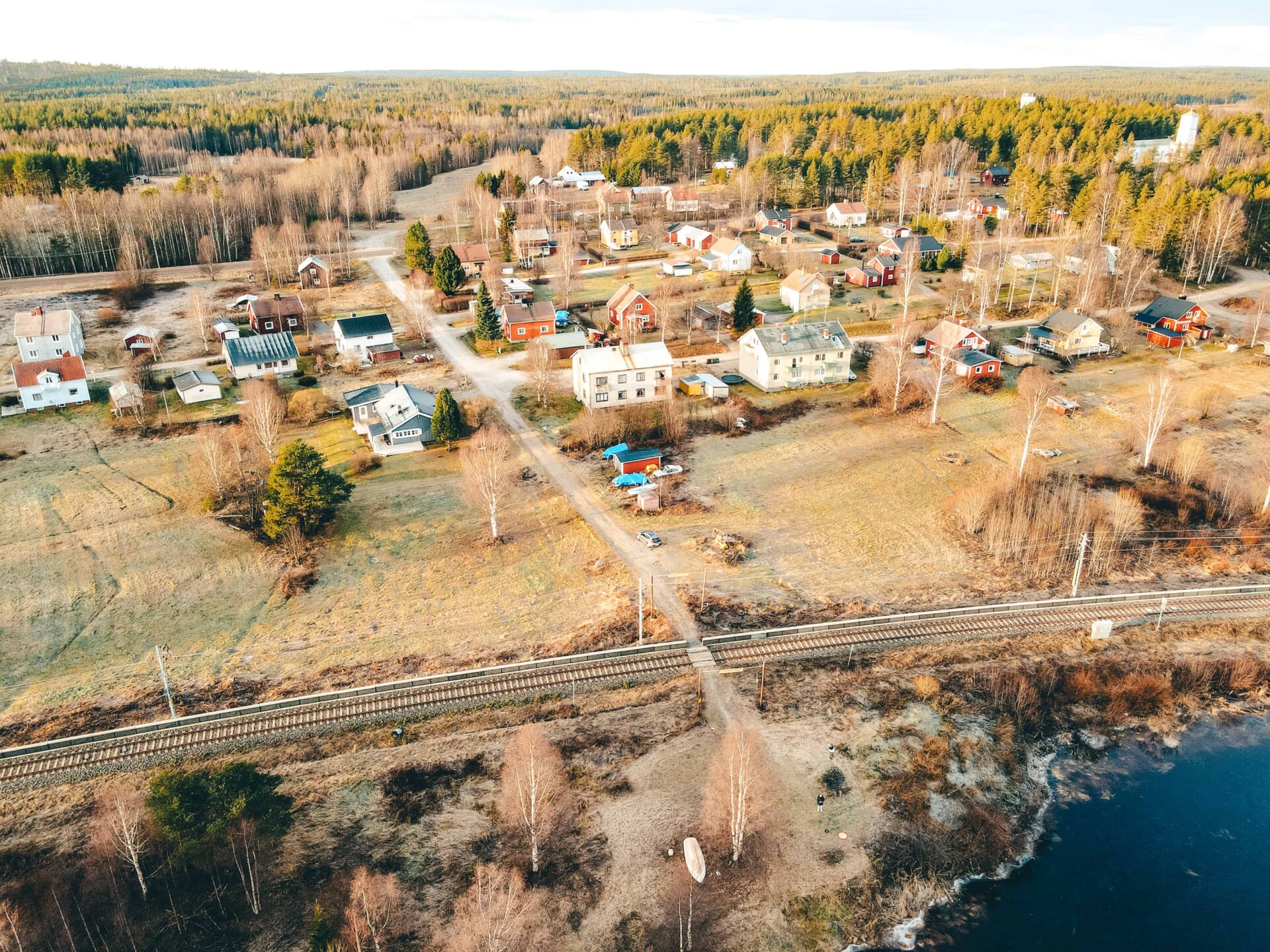Traveling is fantastic and the experiences and memories you create are extremely valuable. However, when after a long time the memories start to fade, good photos help you relive them. We often get the question which camera, in our opinion, is most suitable for traveling. As the famous saying in photography goes, the best camera is the one you have with you!
What you should consider when buying a camera for traveling
One of the things we love most about traveling is that you can experience amazing things at the most unexpected moments. When you set out to visit something, you probably won’t forget to bring your camera. But of course, you’ll just see that during an evening walk, when you haven’t taken that heavy (DSLR) camera that’s been hanging around your neck all day, you’ll experience a beautiful or special moment. The best camera for travel is one that meets all your technical requirements but also takes pleasure in always taking it with you. It is lightweight and can take a beating. A digital system camera is often compact and lightweight, but offers you the flexibility of compatibility with different lenses and superior quality.
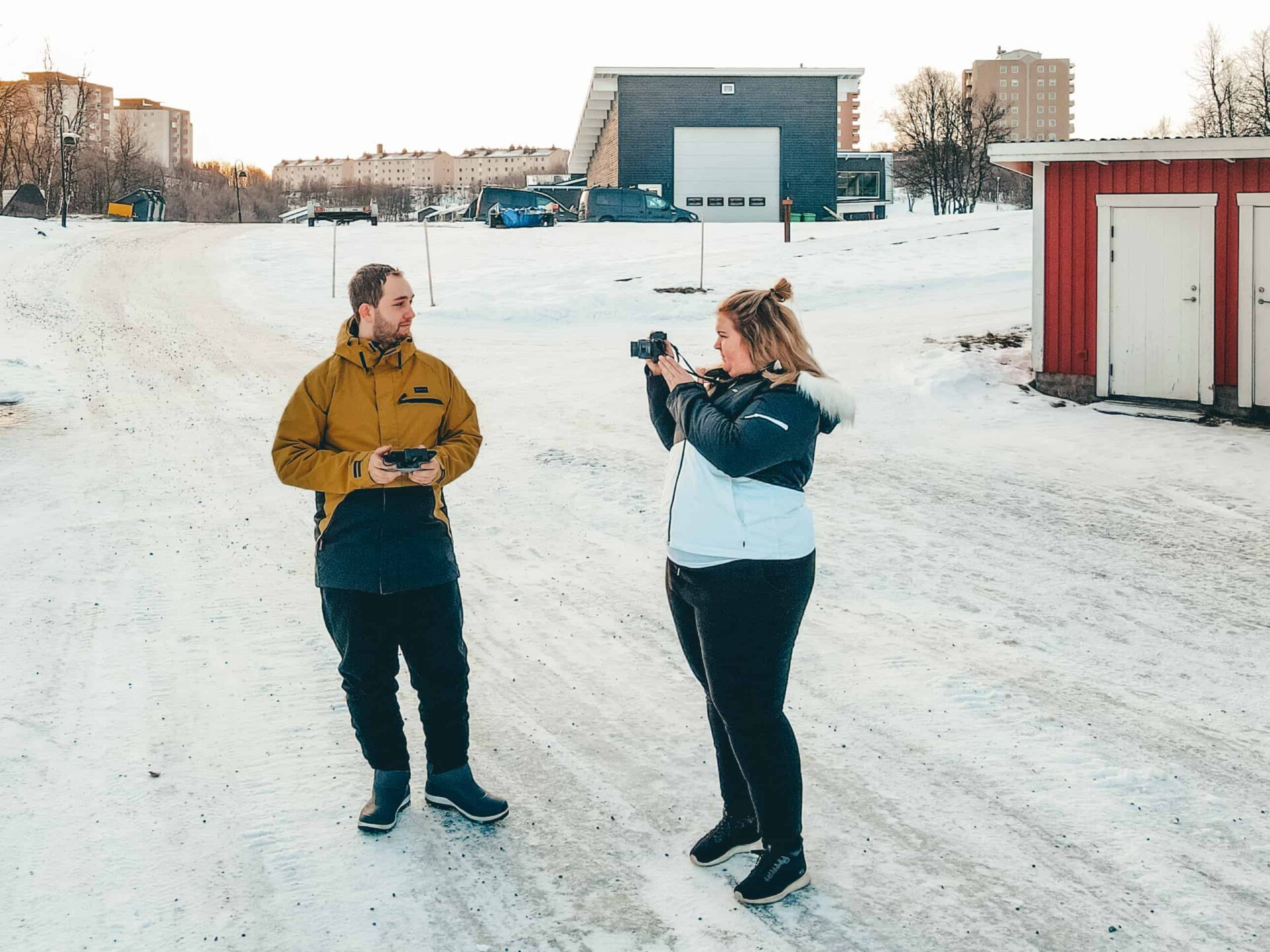
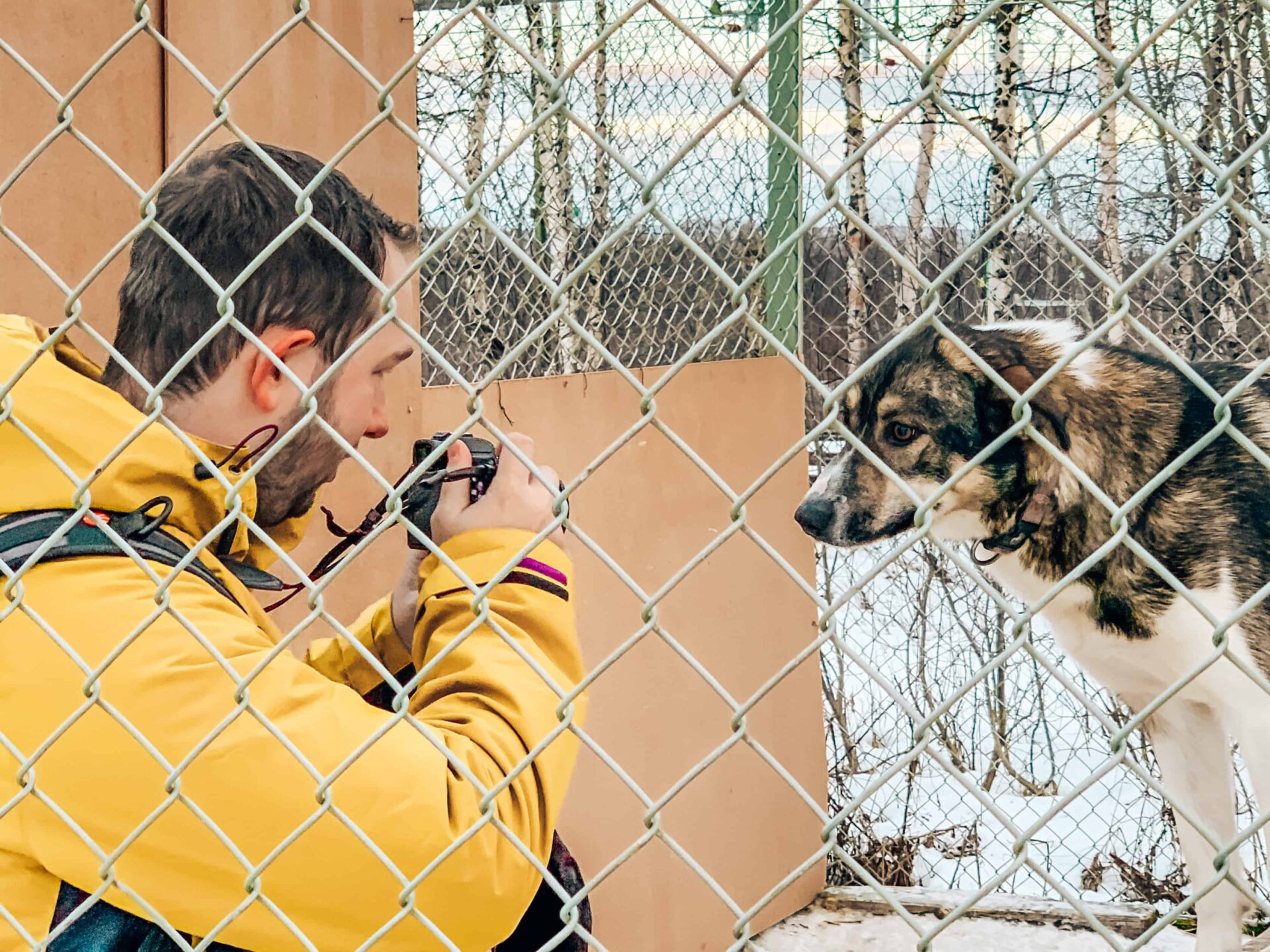
Why we write about the Canon EOS product line
We are very enthusiastic about the Canon EOS camera line, where all these aspects come together. Like you, we didn’t rush into choosing a camera. After comparing various brands and models, we settled on the Canon EOS M50. After taking this camera on several trips, we want to provide you with all the useful information in one article. This way, we help you choose the best camera for travel. We write this article out of enthusiasm and are not paid by Canon. In this article, we will go into more detail about this specific camera, but many of the things we mention also apply to other digital system cameras and to the Canon EOS product line.
Specifications of the Canon EOS M50
Ergonomics
The Canon EOS line contains a number of very compact mirrorless cameras that have a very comfortable grip. The absence of mirrors as in a Digital Single-Lens Reflex (DSLR) camera makes these cameras a lot more compact and lighter. The handgrip feels nice and allows you to hold the camera well and firmly. Even when it is warm and your hands are sweating or when it is cold and you wear thin gloves, for example.
Because these digital mirrorless cameras works with interchangeable lenses, the lens can have a lot of influence on the overall size and weight. The larger and heavier your lens, the more the camera will tilt forward (and the more space it will take up in your luggage, of course). In addition to choosing the camera, choosing the right lens is therefore just as important. We have opted for an all-round lens of limited size. You will read more about this later.
Processor (the brain of your camera)
In addition to the ergonomics and low weight, which means you will always enjoy taking this camera with you, the performance is incredibly impressive. A digital camera must convert the image to a digital file via a processor. The performance of this processor has a major impact on the final quality of your camera and the speed at which it is ready for the next photo. In the Canon EOS M50, you will find a DIGIC 8 processor that is incredibly powerful and fast. This processor is also found in Canon cameras for the professional market (for example, the EOS RP).
This processor is capable of capturing a lot of detail even in low light. It can also process many images per second (Frames Per Second (FPS)) and record 4K video with a high dynamic range.
When comparing camera specifications, it is important to understand what you are actually comparing. The Frames Per Second (FPS) is a perfect example of this. The amount of information that your processor has to process depends on the quality of the photos and video you record. For example, in the settings of your camera you can often choose between the amount of pixels that you capture (for example 10 or 24 MP), whether you want to save the photos in JPEG or RAW and whether you want to record a video in HD or 4K. The amount of information that the processor has to process determines how long it takes.
In short; when comparing the FPS or other specifications, make sure that the other settings or preconditions are the same. For example, you can often find the maximum FPS for 4K recording or at a number of Mega Pixels in the specifications to arrive at a fair comparison.
Display
Often, the quality of the display is overlooked when choosing a digital camera. More than once, we have heard the comment that a camera is made to take photos and videos, not to view them. This is a big mistake. You cannot photograph or record what you cannot see. And even after you have taken a shot, it is important to be able to see if the photo has turned out well. This means that you want to be able to assess the sharpness and color depth (dynamic range) well and that you want to see the entire photo (not cropped). A low-quality display turns a photographer into a cook without smell and taste.
The Canon EOS M50 features an LCD TFT display with excellent brightness and resolution. But that’s not all. The display is fully rotatable and tiltable. When you want to take a selfie or film yourself, you can turn the screen towards you so you can see exactly what you are recording. This also makes the camera very suitable for recording professional vlogs or for taking photos above your head or low to the ground. From our own experience, we can tell you that it is nice not to have to lie on your stomach when you want to take a beautiful macro photo of a flower.
For those who are used to taking photos not through the screen but through the viewfinder, this camera also offers a solution. The viewfinder is actually a small high-resolution screen, but the experience is, in our opinion, the same as with an analog camera with a viewfinder.
Battery life
The small size of the camera means that a huge battery cannot be stored in it. When we are out all day and take a lot of photos and videos with this camera, sometimes one battery is not enough. This is certainly the case when it is very cold outside. Fortunately, Canon has thought about this and incorporated a very easy to replace battery in the grip. In about 5 seconds you can replace the battery and you can continue, so you don’t have to miss anything. Especially if you film a lot in 4K, it is therefore advisable to take an extra charged battery with you.
Lenses
As we already described, a digital system camera works with interchangeable lenses. This makes you almost infinitely flexible in the images you want to capture. A telephoto or zoom lens is perfect for safaris. Lenses with a wide angle of view make it possible to get that iconic building completely in view, even in narrow streets. When choosing a camera, it is good to look at the lenses that are available and whether you can use them to capture the images you have in mind. Unfortunately, some brands have only a very limited range of (affordable) lenses. We usually travel with only one or two lenses. An all-round lens with a limited zoom range and a zoom lens to capture objects at a greater distance.
We advise you to consider the cost of the lenses when choosing a camera, especially if you have a budget in mind. All the images you capture reach your camera through the lens. By cutting too much on this, you will never realize the potential of your fantastic camera, and that is a shame. The most expensive lens is certainly not necessarily the best, but it is often wise to resist unrealistic offers of cheap (unbranded) lenses.
Connectivity
For the professional photographers who sometimes apply hours of post-production to one or a few photos, connectivity is often not that important. But if, like us, you would like to quickly share your photos on social media, or just want to transfer that nice group photo to your laptop, then it is important to consider this in your choice. The Canon EOS M50 has all the technologies you could possibly want to use for this, such as WiFi, Bluetooth and NFC. With the app on your phone or laptop, you can transfer your footage within seconds.
In addition to these wireless technologies, the camera has various connections (USB, HDMI, Microphone, and a hotshoe). This allows you to play your footage directly on a screen. However, it also enables you to use external flashes, microphones, electronic gimbals, and other equipment.
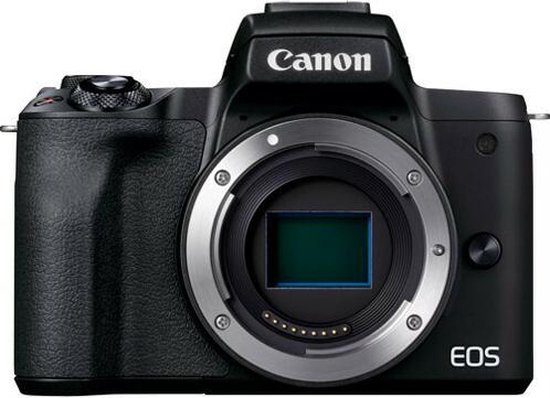
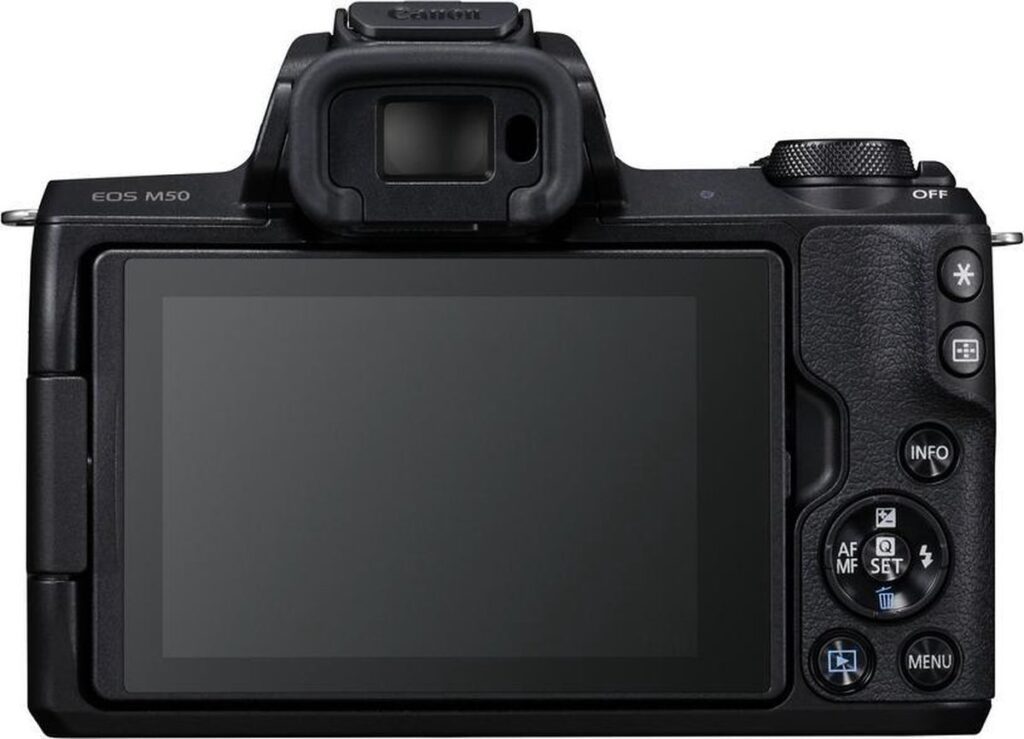
What we still miss about the Canon EOS M50
As you have read, we are very enthusiastic about this camera. However, there are always some aspects that could have been better.
Water resistance
As we mentioned earlier, a camera for travel needs to be able to withstand some rough handling, and that is certainly the case with the Canon EOS M50. However, one thing this camera is not good at handling is water. We have never experienced water damage ourselves because we always store the camera away promptly. But it is good to know that Canon does not provide any guarantees about the water resistance of this camera. Keep in mind that in addition to (rain)water, condensation can also damage your camera.
Charging the batteries
Despite the camera having various connections, including USB, it is not possible to charge the batteries in the camera. Empty batteries must be charged via the (standard included) charger. It would be easier if you could leave the battery in the camera and charge it via a USB cable through, for example, your laptop or powerbank.
Why a telephone does not always offer a solution
What we often hear is that all photos are taken with a mobile phone. These multi functional devices certainly capture impressive images but also have some limitations. With their incredibly small lens, photos and videos in challenging lighting conditions can quickly become grainy, blurry and of poor quality. The same result will be achieved as soon as you try to zoom digitally. A pity if you want to capture a building, safari animal or person from a distance. The best camera for traveling is therefore one that takes very good quality photos, but is also easy to use. It is a camera that is intuitive to use, an affordable alternative next to the mobile phone and one with which you can share the photos directly on social media, for example.
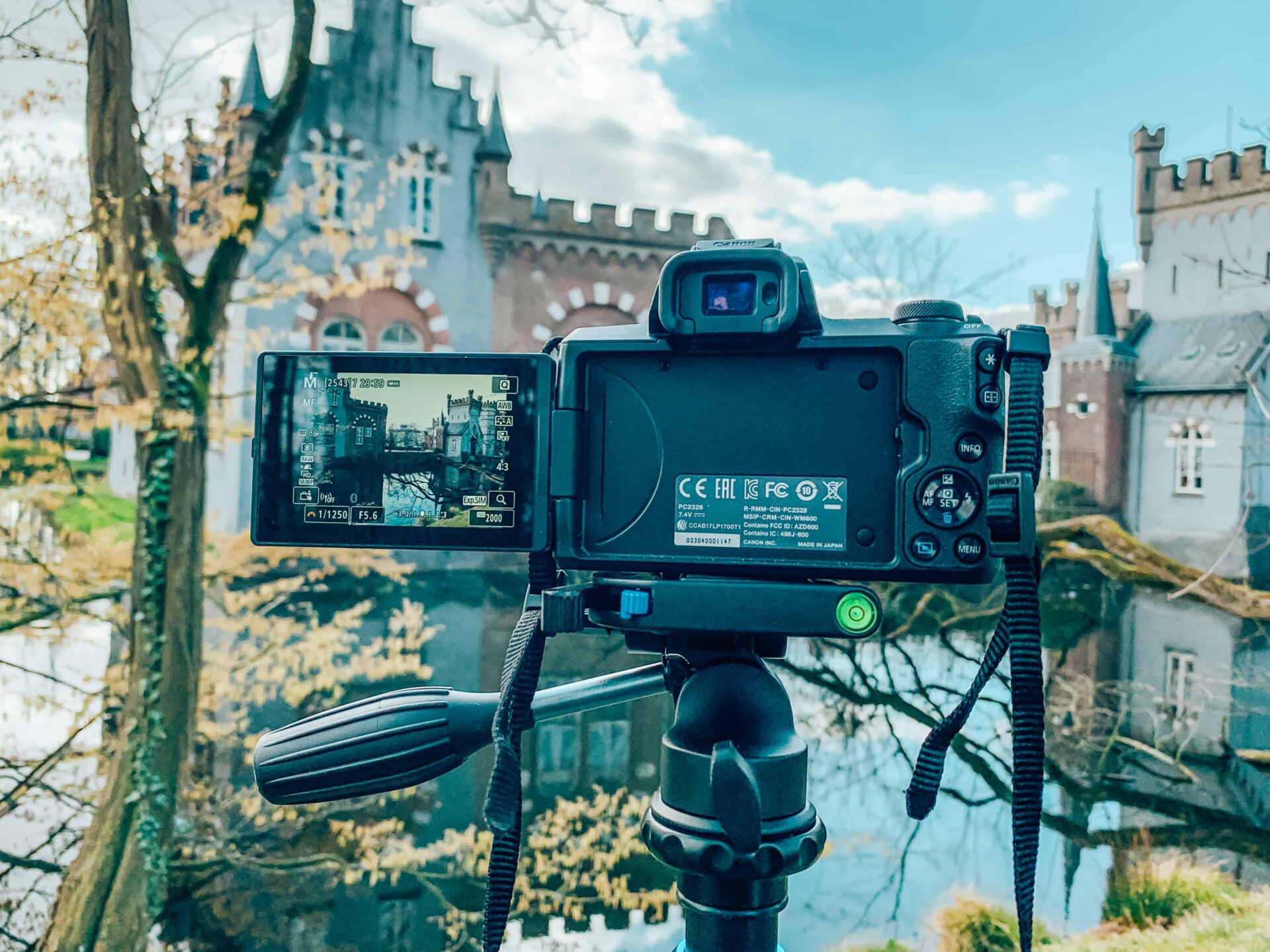
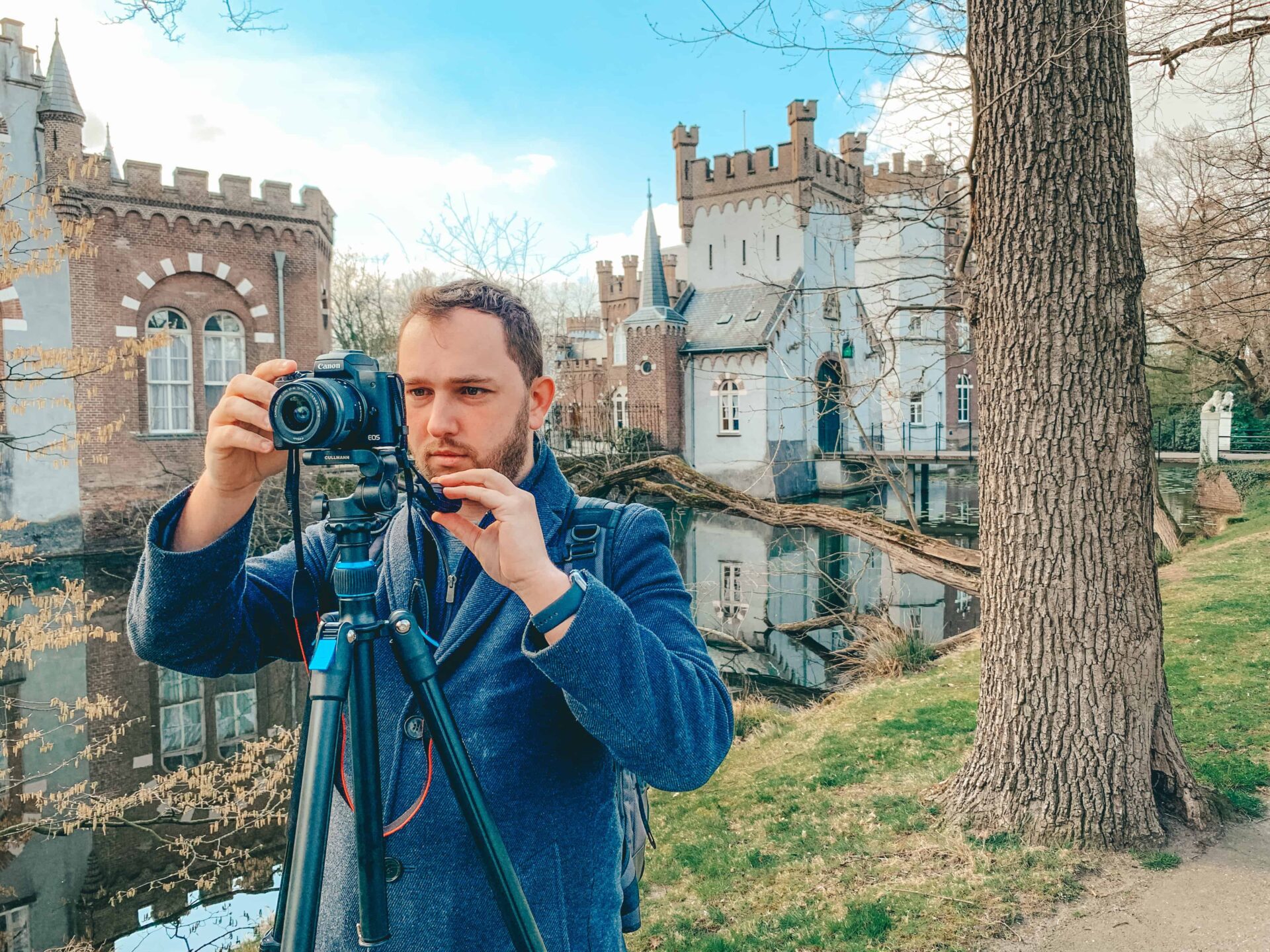
Why a digital mirrorless camera offers you the best of both worlds
As we already wrote, even the latest mobile phones have a number of limitations that you cannot get around. A smartphone simply cannot accommodate a large lens and sensor that captures enough detail because the camera is just one of the functionalities of a phone. At the same time, (digital) SLR cameras are often large and heavy. A digital mirrorless camera thus combines the best features of both devices.
As far as we are concerned, the Canon EOS product line offers great cameras for traveling. But no matter which camera or brand you choose, we hope that this article has brought you a step closer to choosing the best camera for traveling.

